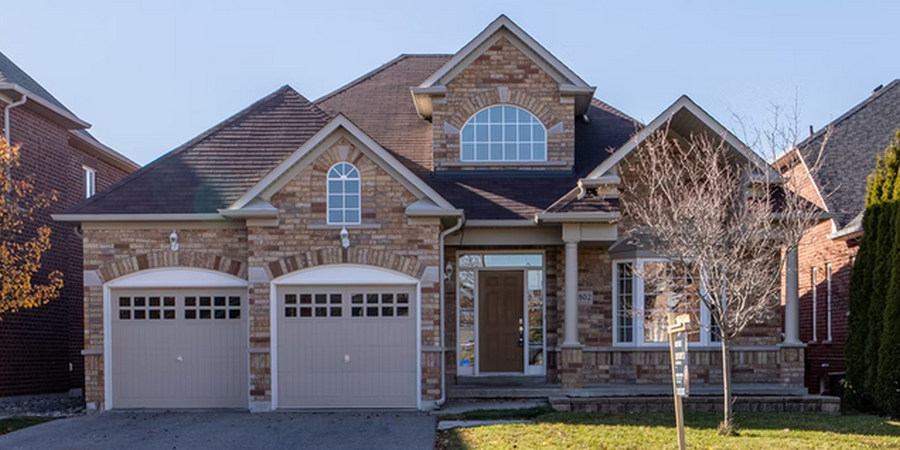In an era of rising energy costs and increasing environmental awareness, homeowners are seeking smart renovation options that not only reduce their carbon footprint but also make financial sense. The good news is that many energy-efficient home improvements eventually pay for themselves through utility savings. These investments often provide returns far exceeding traditional financial instruments, with some upgrades delivering payback periods of just a few years. Here's a comprehensive look at renovations that will eventually put money back in your pocket while creating a more comfortable, sustainable home.
Insulation: The Foundation of Energy Efficiency
Perhaps no renovation offers a better return on investment than proper insulation. According to the Department of Energy, homeowners can save up to 20% on heating and cooling costs by sealing air leaks and adding insulation. The attic is typically the best place to start, as heat naturally rises and escapes through the roof. Adding insulation with an R-value appropriate for your climate zone can cost between $1,500 and $3,000 for an average home, but the savings often recoup this investment within 2-4 years.
Wall insulation provides another opportunity for significant savings. For homes with uninsulated walls, blown-in cellulose or foam insulation can dramatically reduce thermal transfer. While more invasive than attic insulation, the process has been refined to minimize disruption, typically requiring only small holes that are easily patched and repainted. The payback period for wall insulation ranges from 4-7 years in most climates.
Don't overlook basements and crawl spaces. Insulating rim joists and basement walls can prevent cold floors and reduce moisture issues while lowering heating demands. Though less dramatic in immediate savings, these improvements enhance comfort while steadily reducing energy costs over time.
Smart Heating and Cooling Systems
After insulation, HVAC systems represent the next frontier for energy savings. Replacing outdated heating and cooling equipment with high-efficiency models can reduce energy consumption by 20-40%. Modern furnaces can achieve efficiency ratings over 95%, compared to 65-70% for older models. The investment typically ranges from $4,000 to $12,000 depending on system complexity, with payback periods of 5-10 years through reduced utility bills.
Smart thermostats represent a smaller investment with impressive returns. These devices, costing between $150 and $400, learn your schedule and preferences, automatically adjusting temperatures to reduce waste. Many utility companies offer rebates for smart thermostat installation, and the devices typically pay for themselves within a year through energy savings of 10-15%.
Zoning systems take temperature control a step further by dividing your home into different heating and cooling zones. This prevents energy waste by conditioning only the spaces being used. Though more expensive upfront ($2,000-$3,500), zoning systems are particularly valuable in larger homes or those with distinct usage patterns.
The Power of Fans for Energy Efficiency
Ceiling fans represent one of the most cost-effective energy improvements available to homeowners. At a cost of $100-$400 per fan (plus installation if not DIY), they create air movement that makes rooms feel 4-6 degrees cooler in summer without actually changing the temperature. This allows you to set your air conditioner several degrees higher while maintaining comfort, reducing cooling costs by up to 15%.
In winter, reversing the fan direction (clockwise) pushes warm air that naturally rises back down into the living space. This simple change can reduce heating costs by 2-5%. With these year-round benefits, ceiling fans typically recoup their cost within two years.
Whole-house fans (or even these portable fans from Hunter) offer another efficient cooling option, particularly in climates with cool evenings. These powerful fans, installed in the attic, pull cool outside air through open windows and exhaust hot air through the roof. At $1,000-$2,000 installed, they can reduce or eliminate air conditioning usage during moderate weather, often paying for themselves within 3-5 years.
Even bathroom and kitchen exhaust fans contribute to energy efficiency by removing excess moisture that would otherwise make your air conditioner work harder. Modern energy-efficient models use minimal electricity while preventing humidity-related problems.
Window Upgrades for Comfort and Savings
Windows account for up to 30% of heating and cooling energy loss in homes. Replacing single-pane windows with Energy Star-rated models can reduce energy bills by 7-15%. Though expensive ($300-$1,000 per window installed), the combination of energy savings, improved comfort, and increased home value creates a compelling long-term investment.
For those not ready for full replacement, window films and treatments offer more affordable alternatives. Modern solar films reject heat while allowing light through, reducing cooling costs by 5-10% at a fraction of replacement cost. Similarly, insulating blinds and curtains can reduce heat loss in winter and heat gain in summer when strategically deployed.
Lighting and Appliance Upgrades
LED lighting represents perhaps the simplest energy-efficient upgrade. These bulbs use 75% less energy than incandescent lighting and last 25 times longer. At $2-$5 per bulb, LEDs pay for themselves within months through reduced electricity usage and replacement costs. For homes still using primarily incandescent lighting, a whole-house LED conversion can save $100-$300 annually.
Energy-efficient appliances, particularly refrigerators and washing machines, offer substantial savings over their lifespans. Though the upfront premium for Energy Star models might be $50-$200, the typical payback period is just 2-5 years, after which the savings continue for the life of the appliance.
The journey toward an energy-efficient home need not happen all at once. By prioritizing improvements with the quickest payback periods and addressing your home's specific inefficiencies, you can create a strategic renovation plan that fits your budget while steadily reducing your energy footprint. The resulting home will not only cost less to operate but will provide greater comfort and value in the decades to come.


